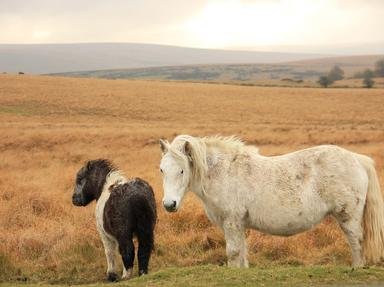Quiz Answer Key and Fun Facts
1. Which native UK aquatic mammal - found by rivers - was the inspiration for the novel by Henry Williamson?
2. In order to control the spread of bovine tuberculosis, plans were introduced to cull which UK mammal in 2013?
3. Restricted mainly to southern England and Wales, this small rodent is the only member of the Muscardinus species. What is the name of this rodent?
4. Which mammal makes up nearly a quarter of all mammal species found in the UK?
5. Of the following species of deer, which has been a native of the UK since the last Ice Age?
6. This next animal is the only wildcat found in the UK and under threat of possible extinction. Which area of the UK is this species of cat found?
7. Which native UK squirrel is endangered after the introduction of a squirrel from North America?
8. Which member of the Mustelidae family is causing problems for native UK wildlife in due to it being released into the wild from fur farms?
9. What is the most common species of seal found around the coast of the UK?
10. Which UK mammal that became extinct in the 16th century has been re-introduced in pilot schemes around the UK?
Source: Author
mcsurfie
This quiz was reviewed by FunTrivia editor
Tizzabelle before going online.
Any errors found in FunTrivia content are routinely corrected through our feedback system.

